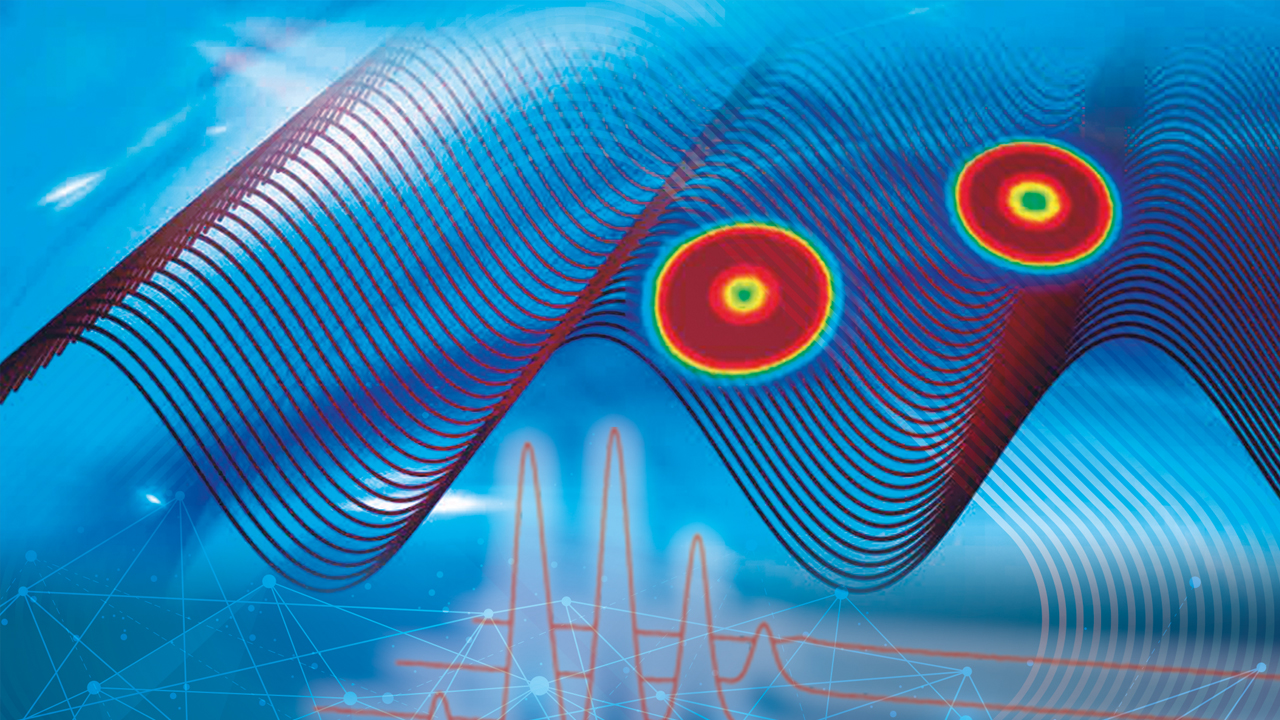

Rapid Scan
Rapid Scan-EPR is a revolutionary technique that can improve the signal to noise ratio and significantly decreases the acquisition time (down to milliseconds).
The main advantage of RS-EPR comes from the later onset of signal saturation, allowing higher microwave powers to be used. This increases the signal amplitude relative to CW-EPR, leading to a much higher signal-to-noise ratio. The short acquisition time in RS-EPR allows extensive signal averaging and very high time resolution. Compared to CW-EPR, RS-EPR delivers higher signal to noise in the same total experimental time. With sweep times as low as 10 microseconds, short lived EPR species can be observed, and their changes can be followed precisely.
- Impressive signal-to-noise gain vs CW-EPR.
- Reaction monitoring with unprecedented time resolution
- Available as an accessory for EMXplus and ELEXSYS systems
- Low temperature compatible (4K -300K).
The Rapid Scan components:
- Driver
- Acquisition Unit
- Resonator
- MW Frontend with I/Q Detector
- Coils
- Water cooler for coils
- Capacitor unit
Applications
The Rapid Scan accessory allows for tracking kinetics of chemical reactions due to the high time resolution it affords. In combination with light irradiation with the optical fiber on the Rapid Scan Resonator, photochemical reactions can be monitored.
DMPO Spin Trapping Adducts:
Superoxide (black), Hydroxyl radical (blue), Methyl radical (red)
Since 1995, the very high level of sensitivity in Continuous Wave EPR (CW-EPR) has technologically reached its maximum. Recently a new method of acquiring the EPR signal, Rapid Scan EPR (RS‑EPR), has been pioneered by the Eaton research lab at the University of Denver.
LabScape
Service & Life Cycle Support for Magnetic Resonance and Preclinical Imaging
Bruker’s commitment to provide customers with unparalleled help throughout the buying cycle, from initial inquiry to evaluation, installation, and the lifetime of the instrument is now characterized by the LabScape service concept.
LabScape Maintenance Agreements, On-Site On-Demand and Enhance Your Lab are designed to offer a new approach to maintenance and service for the modern laboratory



